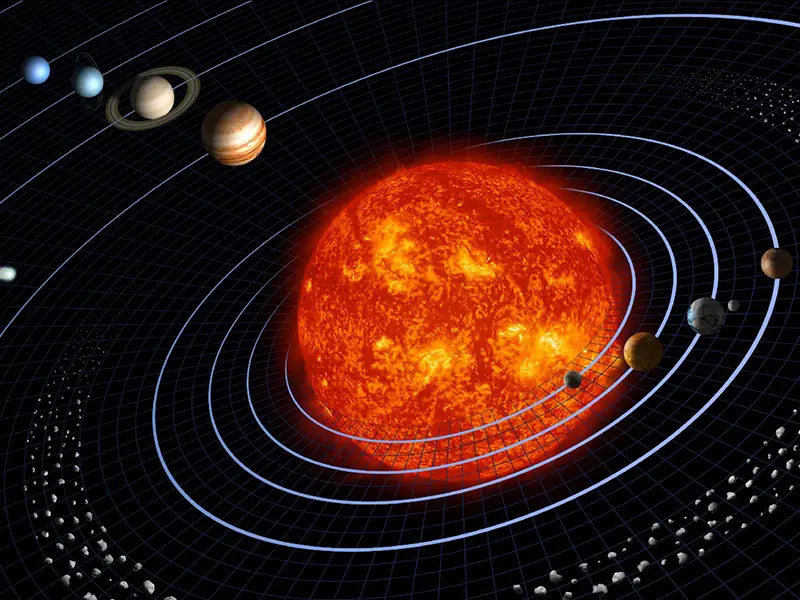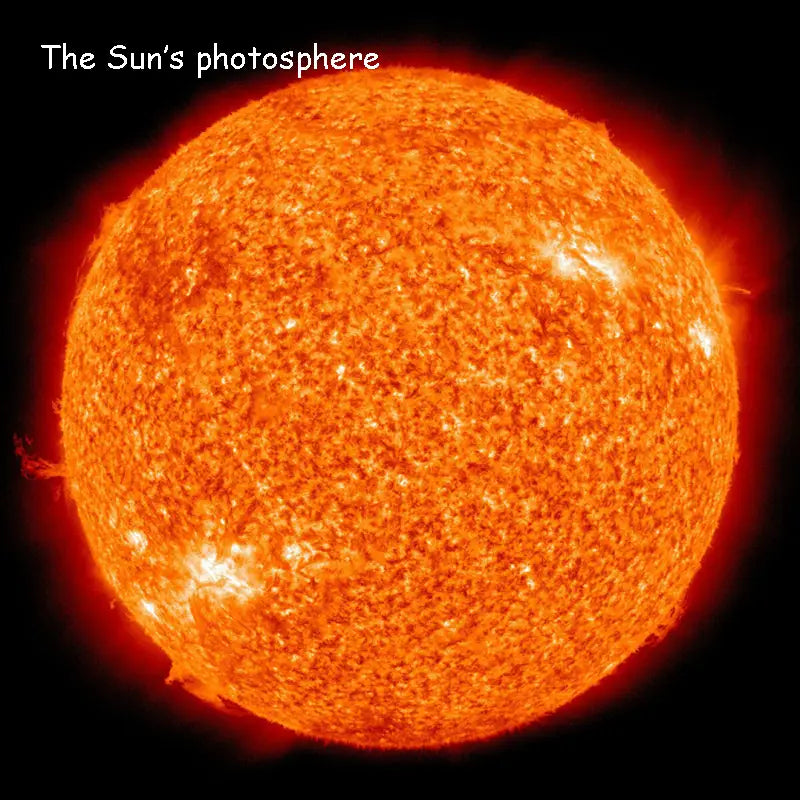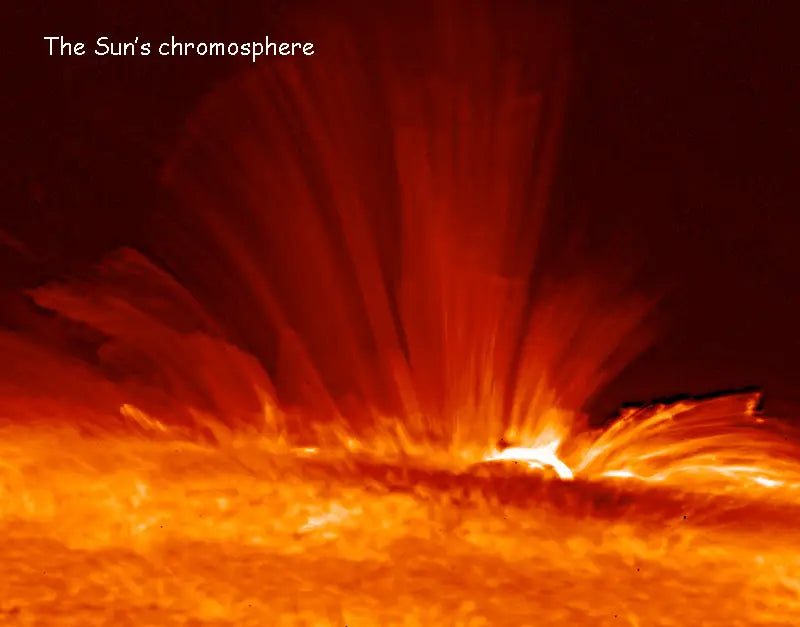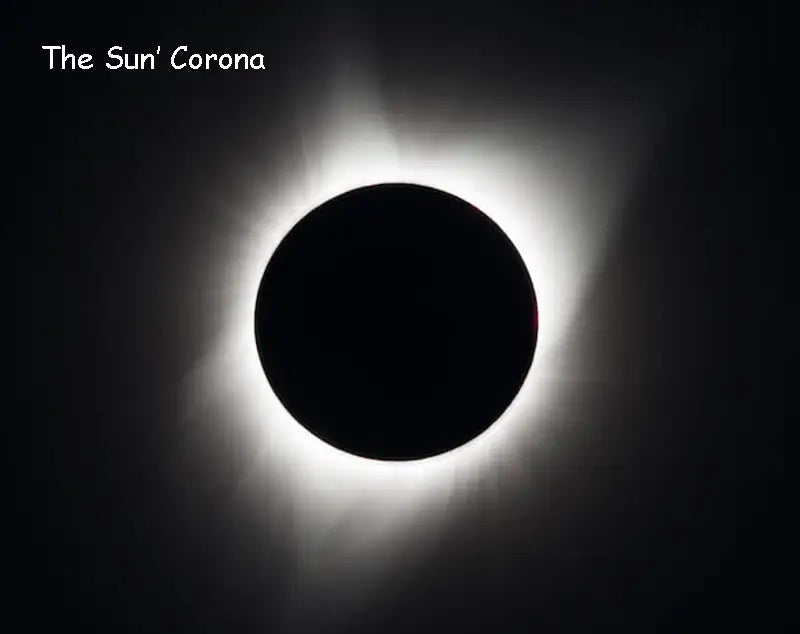
Why is it said that the sun is the source of everything on the earth and the source of all energy on the earth, without the sun there would be no energy?
According to the classical theory, coal and oil are evolved from ancient organisms, and the growth of organisms is inseparable from the sun. Therefore, coal and oil are derived from the sun.
Wind, water and ocean energy are also derived from the sun. The wind is formed because the sun shines on the earth, creating a temperature difference on the earth, which causes the flow of air. The sun shines on the sea surface, lake surface, river surface, river surface and plant surface, forming water vapor, and the water vapor forms clouds in the air. Lake surface, river surface, river surface, and then there is water energy. Ocean wave energy and tidal energy are also related to the sun. There is no ocean wave energy without wind energy; ocean tidal energy is associated with the relative motion of the Earth, the Moon, and the Sun. Atomic energy and geothermal energy are minerals on the earth. When the solar system was formed, it was already related to the sun. The structure of the solar atmosphere can be divided into three levels: the innermost layer is the photosphere, the middle is the chromosphere, and the outermost isthe corona layer.
1. The sun’s Photosphere

The radiant, smooth mirror-like surface of the sun that we usually see is the photosphere. It is the lowest layer in the solar atmosphere, that is, the layer closest to the interior of the sun, with a thickness of about 500km, only about 7/10,000 of the radius of the sun, and is very thin. Its temperature is around 5700K (thermodynamic temperature), and the sun's brilliance is basically emitted from here. Its pressure is only 1% of atmospheric pressure, and its density is only a few hundred millionths of that of water.
2. The sun’s Chromosphere layer

When a total solar eclipse occurs, a beautiful color ring can be seen around the sun, that is, the chromosphere of the sun, which is located above the photosphere of the sun and is a sparse and transparent layer of solar atmosphere, mainly composed of hydrogen, helium, Calcium plasma composition. Its thickness varies from place to place, with an average thickness of about 2000km. The temperature of the chromosphere is higher than that of the photosphere, from 4600K at the top of the photosphere to the top of the chromosphere, the temperature can increase to tens of thousands of Kelvin, but the total amount of visible light it emits is less than that of the photosphere.
3. The sun’s corona

During a total solar eclipse, we can see a silvery-white ring of varying thickness around the sun, which is the corona. The corona is the outermost layer of the sun's atmosphere, and beyond it lies the vast interstellar space. The shape of the corona is very irregular and changes frequently, and the chromosphere has no clear boundaries. Its thickness is not uniform, but it is large and can extend to a range of 5× 106 km~6×106. Its composition is extremely rare, with a density only a few percent of the density of the Earth's upper atmosphere. The brightness is also very small, only one millionth of the brightness of the photosphere. But its temperature is very high, reaching more than 1 million Kelvin. According to the different heights, the corona can be divided into two parts: the range below 1.7×105 km is called the inner corona, which is pale yellow and the temperature is above 106; the range above 1.7×105 km is called the outer corona. It is bluish-white, and the temperature is slightly lower than that of the inner corona.
Using solar spectroscopy, the chemical composition of the sun has been initially revealed. Most of the chemical elements currently present on Earth can be found on the Sun. Among the more than 100 natural elements on earth, 66 have been found in the sun. The main components of the sun are hydrogen and helium, the volume of hydrogen accounts for 78.4% of the volume of the sun, and the volume of nitrogen accounts for 19.8% of the volume of the sun. In addition, there are more than 60 elements such as oxygen, magnesium, nitrogen, silicon, sulfur, carbon, calcium, iron, aluminum, sodium, nickel, zinc, potassium manganese, chromium, cobalt, titanium, copper, vanadium, etc. The specific gravity is very small. From the perspective of the formation of the solar system, it should be said that everything on the earth should exist on the sun.
The sun is the closest star to the earth. The average distance between the earth and the sun, the newly measured precision value is 149597892km, which is generally 1.5×108 km.

The diameter of the sun is 139530km, which is generally 1. 39×106 km, which is equivalent to 3.4 times the sum of the diameters of the nine planets, 109.3 times larger than the diameter of the earth, and 400 times larger than the diameter of the lunar crust. The volume of the sun is 1. 412 × 1018 km3 km3, which is 1.3 million times that of the earth. The reason why we see the sun and the moon with the naked eye is about the same size is because the average distance between the moon and the earth is only 384,400km, which is less than 1/400 of the average distance between the sun and the earth.
The mass of the sun is estimated to be about 1. 982× 1027 t, which is equivalent to 333400 times the mass of the earth. Under standard conditions, the ratio of the mass of an object to its volume is called the density of the object. The density of the sun is very uneven, small outside and large inside, gradually increasing from the outside to the inside. The central density of the sun is 160g/cm2, which is 8 times the density of gold, which is quite large, but its outer density is extremely small. As far as the sun is concerned, its average density of 1.41g/cm3 is about 1.5 times that of water, which is much smaller than the average density of earth's material, 5.5g/cm3.
Read more: Finite Element Design Method for Wind Turbine Blades